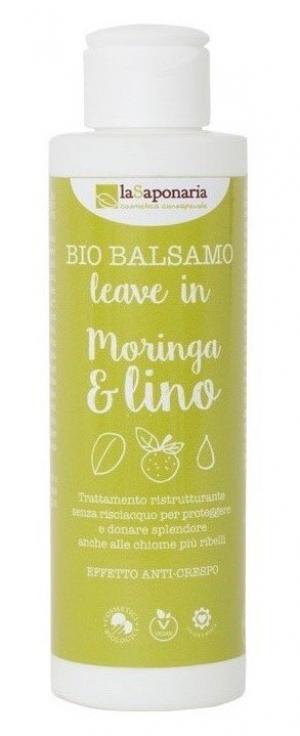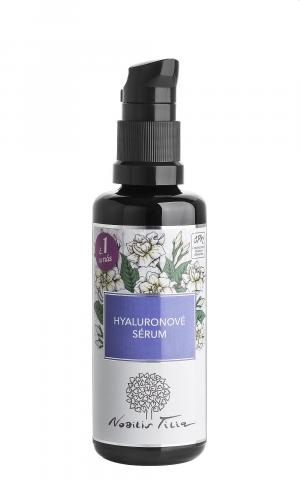Lactic acid (Lactic acid)
Other names: Lactic acid
Harm score: 2 (Derivatives of natural substances)
Lactic acid is an organic substance that occurs naturally in many foods and is also a product of certain microorganisms. It is so called because of its presence in milk and dairy products, as its name suggests. It is a carboxylic acid, transparent and colourless, strongly acidic in its pure form, and soluble in water as well as in alcoholic solutions. It is represented by two optical isomers, L- and D-acid, the former being biologically active and produced during the fermentation of sugars by lactic bacteria.
Lactic acid is used in various industries. In food production, it is used, for example, in the manufacture of cheese, yoghurt, fermented foods, as well as some types of baked goods such as sourdough bread. It is also added to some drinks, confectionery and ice cream. It is also used in the cosmetics industry, specifically in skin care. It is a component of some creams, face masks and scrubs. Lactic acid is also used to preserve foods, such as vegetables in a jar, because it is antibacterial and increases the shelf life of the product. Last but not least, it is used in the textile industry to modify the starch in spun fibre or as a component of some adhesives. It is therefore a substance with a wide range of uses.
Lactic acid (Lactic acid) can be found in the following products

Liquid hand soap without perfume 300ml BIO, VEG
Product detail
Shower gel without perfume 500ml BIO, VEG
Product detail
Rinseless conditioner with moringa and linseed oil BIO (150 ml)
Product detail
Shampoo for wavy and curly hair BIO (200 ml)
Product detail
Shampoo without perfume 500ml BIO, VEG
Product detail